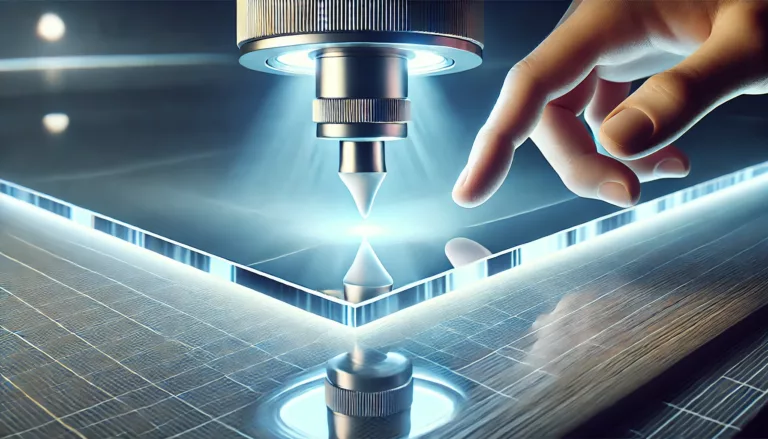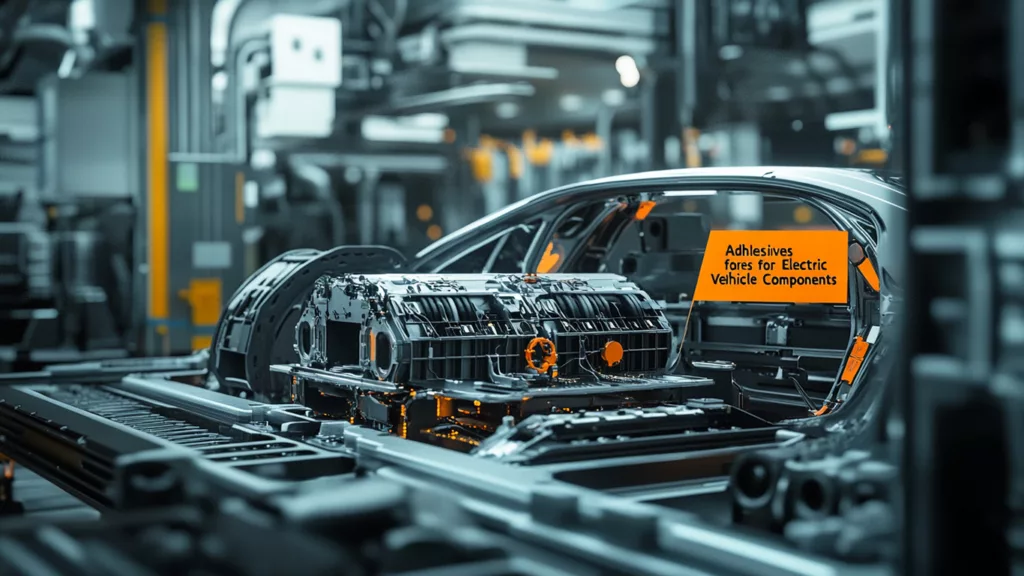Choosing the right UV adhesive can make all the difference in achieving strong, reliable, and efficient bonds. Whether you’re working on intricate electronics, medical devices, or clear glass applications, understanding the factors that influence adhesive performance is critical. This guide will walk you through key considerations, materials compatibility, curing processes, and tips for selecting the perfect UV adhesive for your needs.
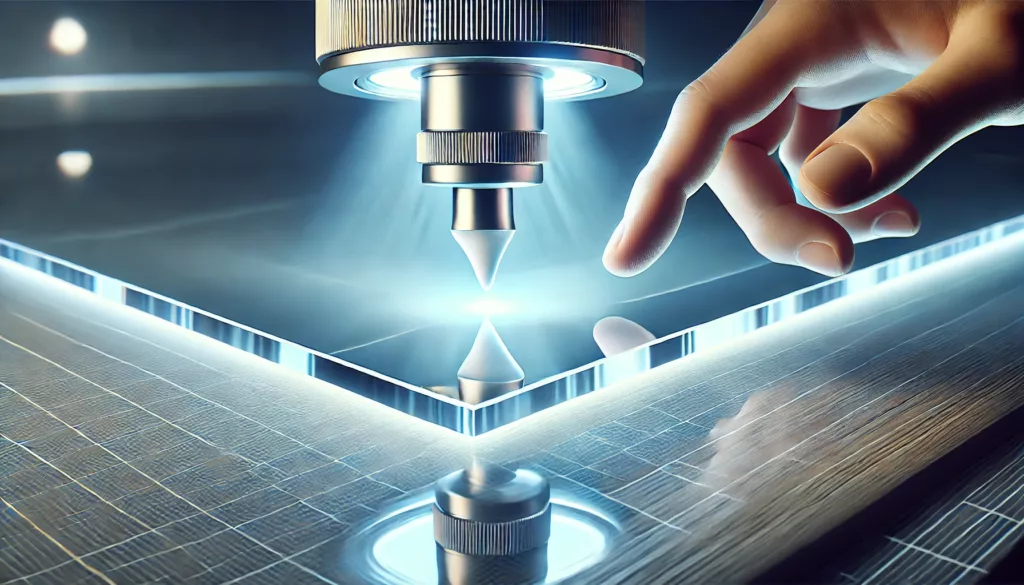
What is UV Adhesive?
UV adhesive is a type of bonding agent that cures rapidly when exposed to ultraviolet light. It is widely used in industries requiring fast, precise bonding solutions. These adhesives rely on photoinitiators that react to UV light, triggering polymerization to create a solid bond.
Key Characteristics
- Fast Curing Time: Sets in seconds under UV light.
- Transparent Finish: Perfect for glass and optical applications.
- Customizable Formulations: Available for diverse materials like plastics, metals, and ceramics.
Understanding Your Application Needs

Material Compatibility
The first step in choosing the right UV adhesive is determining its compatibility with your materials. Different formulations work best for specific substrates:
- Glass: Look for adhesives designed for optical clarity.
- Plastics: Ensure the adhesive bonds well with low-surface-energy plastics.
- Metals: Some UV adhesives are specially formulated for metallic surfaces.
Environmental Conditions
Consider the conditions your bonded materials will face:
- Temperature Variations: Choose adhesives with thermal stability for high-temperature environments.
- Humidity and Water Resistance: Opt for waterproof formulations if needed.
Assessing Curing Requirements
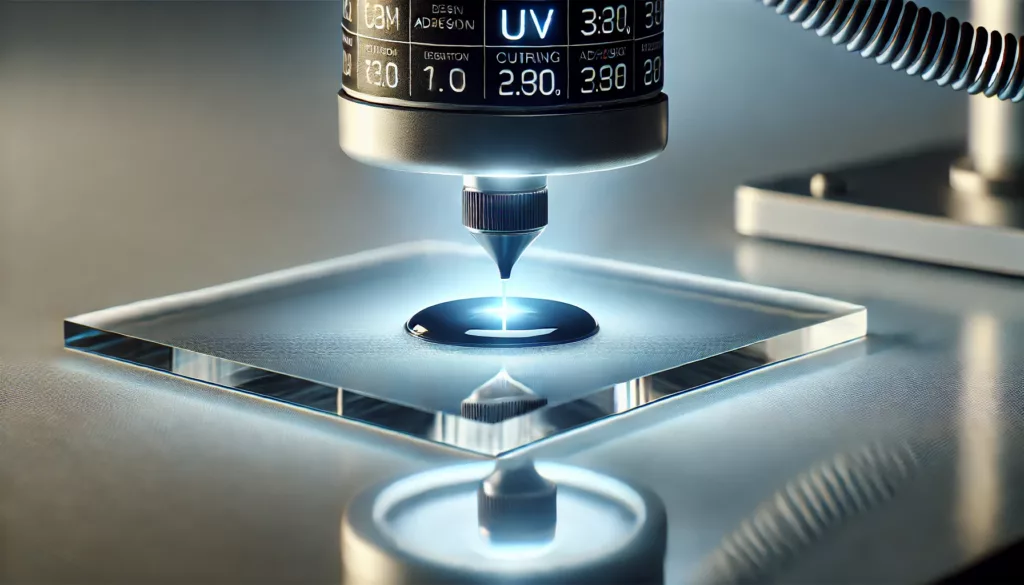
UV Light Source
Different adhesives require specific UV wavelengths for curing. Ensure your light source matches the adhesive’s curing requirements, whether it’s:
- Low-intensity UV LEDs
- High-intensity mercury vapor lamps
Curing Depth
For thicker bonds, select adhesives that cure deeply and evenly to avoid weak spots.
Curing Speed
Faster curing speeds are ideal for high-volume production lines. However, ensure the speed doesn’t compromise bond strength.
Performance Expectations
Bond Strength
Determine the level of bond strength needed for your application. For structural assemblies, choose adhesives with high tensile and shear strength.
Durability
Evaluate the adhesive’s resistance to factors like UV degradation, aging, and mechanical stress.
Application-Specific Considerations
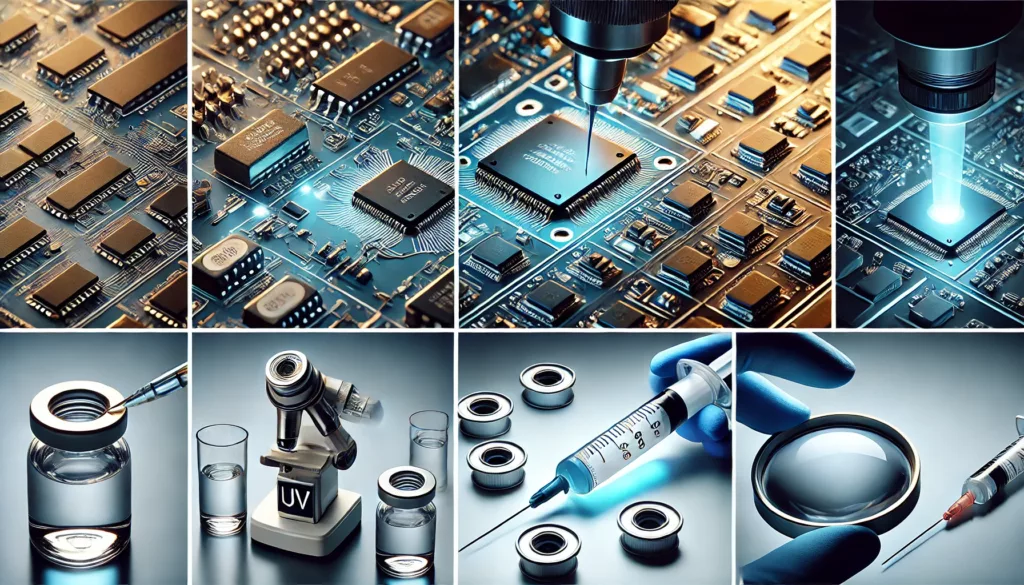
Electronics
- Use low-outgassing adhesives to avoid contamination of sensitive components.
- Opt for adhesives with thermal and electrical insulation properties.
Medical Devices
- Look for biocompatible and sterilization-resistant adhesives certified for medical use.
- Ensure compliance with ISO and FDA regulations.
Optical Applications
- Select adhesives with high transparency and low yellowing for clear glass or lenses.
Ease of Application
Consider adhesives that are easy to dispense and apply, particularly if your project requires high precision. Some features to look for include:
- Viscosity Control: Choose formulations that match your preferred dispensing method.
- Adjustable Open Time: Some UV adhesives allow for positioning before curing.
Testing Before Full-Scale Use
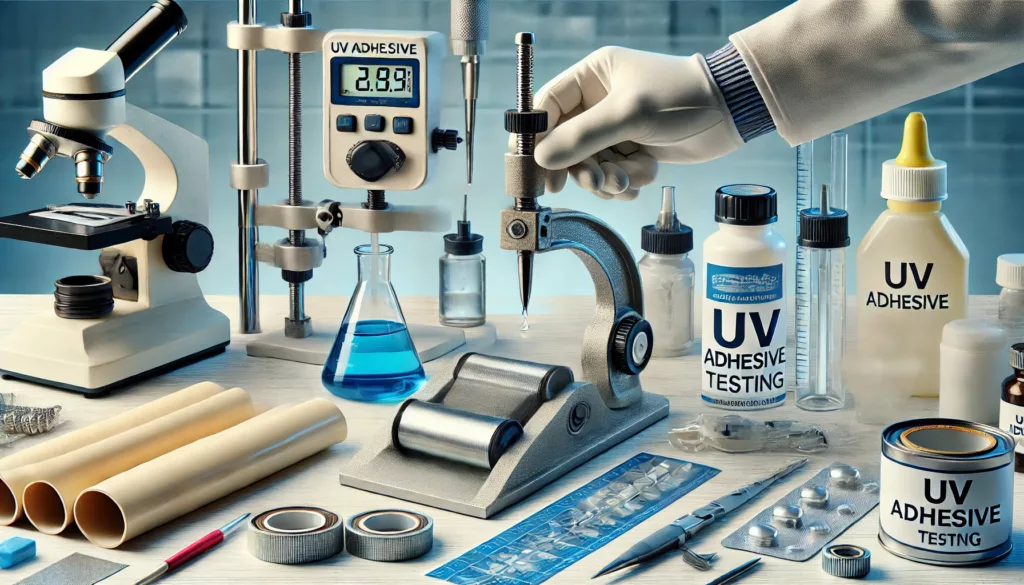
Before committing to a specific adhesive, perform small-scale tests to evaluate:
- Bond strength and durability.
- Curing time and depth.
- Compatibility with your chosen materials.
Comparing Costs
While UV adhesives often have higher upfront costs due to specialized curing equipment, they can save time and reduce waste, offering long-term value. Consider:
- Adhesive cost per unit.
- Maintenance and operational costs of curing equipment.
- Waste reduction benefits.
Top Tips for Choosing the Right UV Adhesive
- Define Your Needs: Understand your project’s requirements, including material, environment, and curing constraints.
- Consult Experts: Seek advice from adhesive manufacturers or suppliers.
- Review Certifications: Ensure the adhesive meets necessary safety and regulatory standards.
- Leverage Sample Testing: Validate the adhesive’s performance in your specific use case.
FAQs
How do I determine if a UV adhesive is compatible with my materials?
Check the product’s technical datasheet for substrate compatibility or consult the manufacturer.
Can UV adhesives be used outdoors?
Some UV adhesives are designed for outdoor use, but prolonged UV exposure may degrade certain formulations.
What is the curing time for UV adhesives?
Curing times vary based on adhesive type, light intensity, and bond thickness, but they typically range from seconds to a few minutes.
Do UV adhesives require specialized equipment?
Yes, UV adhesives need UV curing systems, such as LED lamps or mercury vapor lamps, to cure properly.
Are UV adhesives environmentally friendly?
UV adhesives produce fewer volatile organic compounds (VOCs) than traditional adhesives, making them more eco-friendly.
Can I use UV adhesives on flexible materials?
Yes, certain formulations are designed for flexibility and can bond elastic or flexible substrates.
Conclusion
Choosing the right UV adhesive requires careful consideration of materials, application needs, curing requirements, and performance expectations. By understanding these factors and testing adhesives in your specific conditions, you can select a solution that ensures reliable and durable bonds. Whether you’re working in electronics, medical devices, or optics, the right adhesive can significantly enhance your project’s success.

